Urbanization Trends
Urbanization in Brazil is accelerating, with more individuals migrating to urban areas in search of better employment opportunities and lifestyles. This demographic shift is likely to influence the beer market significantly. As of 2025, urban areas are expected to house over 85% of the Brazilian population, creating a concentrated consumer base for beer. Urban consumers often exhibit different consumption patterns, favoring convenience and variety, which could lead to increased demand for craft and specialty beers. The beer market may see a rise in microbreweries and local brands catering to urban preferences, thus diversifying the product offerings available to consumers.
Rising Disposable Income
The increasing disposable income among Brazilian consumers appears to be a pivotal driver for the beer market. As economic conditions improve, individuals are likely to allocate a larger portion of their income towards leisure activities, including the consumption of beer. In 2025, the average disposable income in Brazil is projected to rise by approximately 5%, which could lead to a corresponding increase in beer consumption. This trend suggests that consumers may opt for premium and craft beer options, thereby enhancing the overall market value. The beer market may benefit from this shift, as higher spending power allows for greater experimentation with diverse beer styles and flavors, ultimately fostering a more dynamic market landscape.
Health-Conscious Consumer Behavior
The growing trend of health-conscious consumer behavior is emerging as a notable driver for the beer market in Brazil. As consumers become more aware of their health and wellness, there is a noticeable shift towards lower-calorie and low-alcohol beer options. In 2025, it is projected that the demand for these healthier alternatives will increase by approximately 10%, reflecting a broader trend within the beverage industry. This shift may compel the beer market to innovate and develop new products that align with health trends, such as organic or gluten-free beers. Consequently, brands that successfully adapt to these changing preferences may capture a larger share of the market.
Technological Advancements in Brewing
Technological advancements in brewing processes are likely to play a crucial role in shaping the beer market in Brazil. Innovations such as automation, improved fermentation techniques, and enhanced quality control measures are expected to increase production efficiency and product consistency. In 2025, it is anticipated that breweries adopting these technologies will experience a reduction in production costs by up to 15%, allowing for competitive pricing strategies. This could lead to a broader range of products available in the beer market, catering to diverse consumer preferences. Furthermore, technology may facilitate better distribution channels, ensuring that products reach consumers more effectively.
Cultural Shifts Towards Social Drinking
Cultural shifts in Brazil are increasingly favoring social drinking, which serves as a key driver for the beer market. The tradition of gathering with friends and family over drinks is deeply ingrained in Brazilian culture, and this social aspect is likely to bolster beer consumption. In 2025, it is estimated that social gatherings will account for nearly 60% of beer consumption occasions. This trend suggests that the beer market may benefit from marketing strategies that emphasize social experiences, such as festivals and events that promote beer tasting and appreciation. Additionally, the rise of social media may further amplify these gatherings, encouraging consumers to share their experiences and preferences.


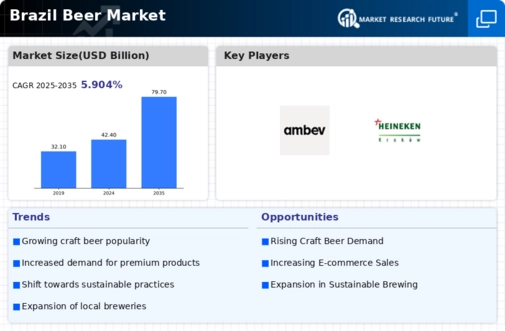
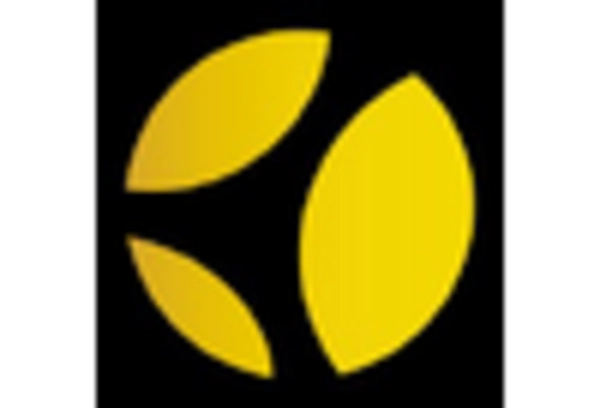
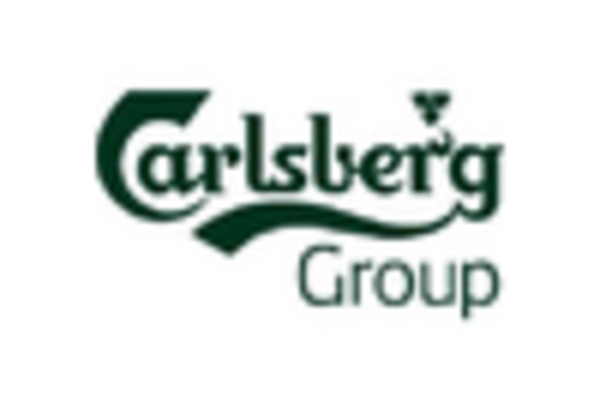
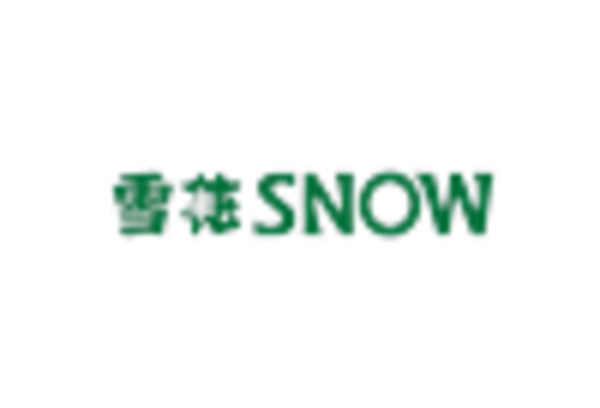
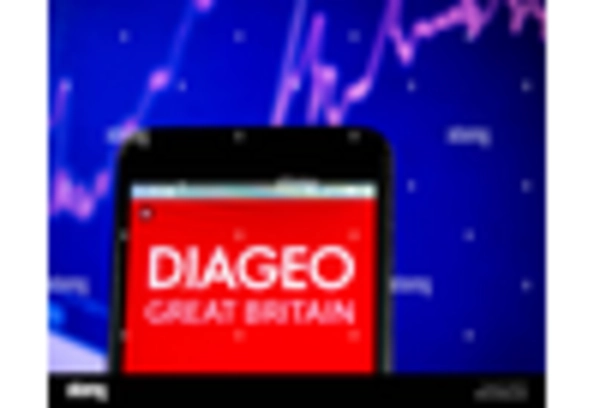
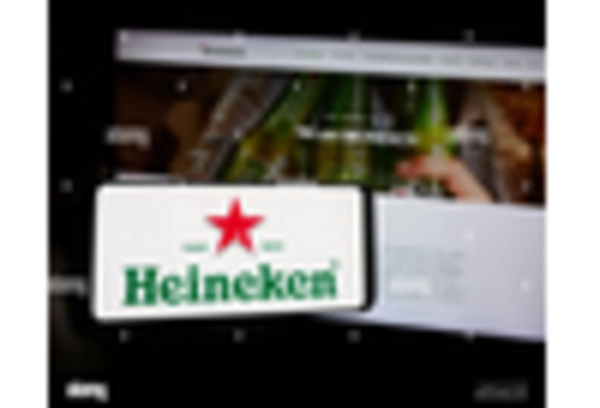
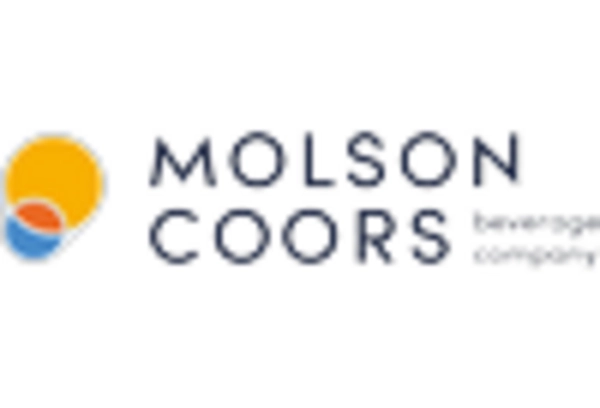








Leave a Comment